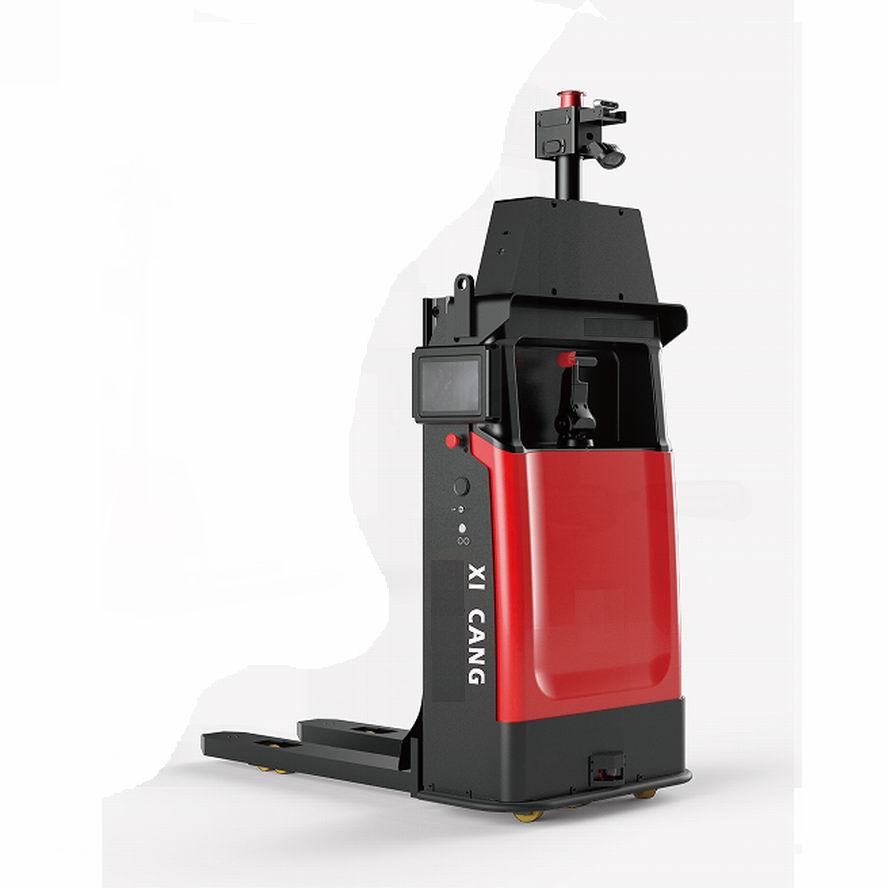This standard outlines the procedure for evaluating the stability of **pesticide** emulsions. The method is designed to determine whether the emulsion remains homogeneous under specific conditions, ensuring its effectiveness and usability.
**1. Reagents and Solutions**
- **Anhydrous calcium chloride (HGB 3208-60):** Analytical grade.
- **Magnesium chloride hexahydrate (GB 672-65):** Analytical grade.
- **Calcium carbonate (HGB 3117-59):** Analytical grade.
- **Magnesium oxide (HGB 3114-59):** Analytical grade.
- **Hydrochloric acid (GB 622-77):** Analytical grade.
- **Standard hard water:** Prepared to a hardness of 342 ppm CaCO₃. Two methods are available:
- **Method A:** Dissolve 0.304 g of anhydrous calcium chloride and 0.139 g of magnesium chloride hexahydrate in distilled water and dilute to 1 liter.
- **Method B:** Dissolve 2.740 g of calcium carbonate and 0.276 g of magnesium oxide in a small amount of 2N hydrochloric acid. Evaporate the solution on a water bath to remove excess acid, then dissolve the residue in a 100 ml volumetric flask and dilute to the mark with distilled water. Finally, mix 10 ml of this solution with 990 ml of distilled water to make 1 liter of standard hard water.
Either method can be used depending on availability and preference.
**2. Equipment**
- **Measuring cylinder:** 100 ml, with an inner diameter of 28 ± 2 mm and a height of 250 ± 5 mm.
- **Beaker:** 250 ml, with a diameter of 60–65 mm.
- **Glass stir bar:** Diameter of 6–8 mm.
- **Pipette:** 5 ml, with markings at 0.1 ml intervals.
- **Constant temperature water bath:** To maintain the sample at a controlled temperature during testing.
**3. Procedure**
In a 250 ml beaker, add 100 ml of standard hard water at a temperature between 25 and 30 °C. Using a pipette, carefully add the pesticide emulsion according to the specified dilution ratio provided by the manufacturer, bringing the total volume to 100 ml. Stir the mixture gently at a speed of 2–3 rpm for 30 seconds. Immediately transfer the emulsion into a clean, dry 100 ml measuring cylinder and place it in a constant temperature water bath set to 25–30 °C.
After one hour of standing, observe the emulsion in the measuring cylinder. If no oil layer, oil droplets, or precipitate are visible, the emulsion is considered stable and suitable for use. This test helps ensure that the pesticide formulation remains effective and does not separate under typical storage or application conditions.
Specification information:
Weighing limit: 1.5 tons
Charging method:
Manual charging: When the AGV reaches the charging position, the warning light flashes and warning music sounds.
Automatic charging: When the AGV reaches the charging position, it starts charging after confirming the information when starting the charging station. It is suitable for 24-hour long-term work projects.
Function introduction: LiDAR positioning, active cruise control, and active obstacle avoidance.Increased Storage Capacity: Thin-backed stacking forklifts allow for higher storage density in warehouses, maximizing the use of available space.
Improved Efficiency: The narrow aisle capabilities of these forklifts reduce travel distances and improve overall operational efficiency.
Reduced Costs: By optimizing storage space and improving efficiency, thin-backed stacking forklifts can help businesses reduce costs associated with warehousing and logistics.
Enhanced Safety: The safety features built into these forklifts help to prevent accidents and injuries.
Considerations:
When selecting a thin-backed stacking forklift, it is important to consider the following factors:
Lift Capacity: Ensure that the forklift has the capacity to handle the weight of the loads you need to move.
Lift Height: Determine the maximum height you need to reach for your storage needs.
Battery Capacity: Consider the battery capacity and charging requirements to ensure adequate operating time.
Maneuverability: Assess the forklift's turning radius and maneuverability to ensure it can operate effectively in your specific warehouse layout.
Operator Comfort: Choose a forklift with ergonomic features to enhance operator comfort and reduce fatigue.
Safety Features: Look for forklifts equipped with safety features to protect operators and equipment.
By carefully considering these factors, you can select a thin-backed stacking forklift that meets your specific storage and handling requirements and provides efficient, safe, and cost-effective operations.Lift Capacity: Ensure that the forklift has the capacity to handle the weight of the loads you need to move.
Lift Height: Determine the maximum height you need to reach for your storage needs.
Battery Capacity: Consider the battery capacity and charging requirements to ensure adequate operating time.
Maneuverability: Assess the forklift's turning radius and maneuverability to ensure it can operate effectively in your specific warehouse layout.For storing and retrieving pallets in high-density storage facilities.
Distribution Centers: For handling and transporting goods in distribution operations.
Manufacturing: For moving materials and finished products within manufacturing plants.
Retail: For stocking shelves and managing inventory in retail stores.
Cold Storage: For handling and storing frozen or refrigerated goods in cold storage facilities.


Operator Comfort: Choose a forklift with ergonomic features to enhance operator comfort and reduce fatigue.
Safety Features: Look for forklifts equipped with safety features to protect operators and equipment.
high-density storage ,narrow aisle storage, logistics
Jiangsu Xicang Intelligent Technology Co., Ltd. , https://www.xciwarehousing.com